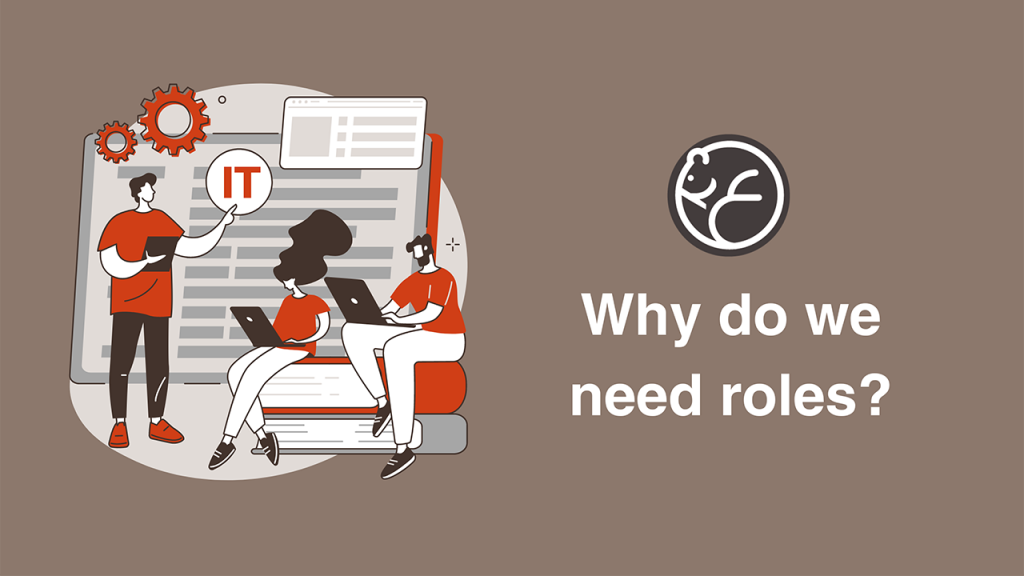Imagine if your team lead or administrator can manage the necessary pre-settings, and all you should do is just log in to the system and start working with connections and scripts. You will have easy access to all features you need, share results with your teammates, and don’t have to worry about sensitive data. Sounds great, right?

Read more about roles:
– Team Edition: why do we need roles (you are now here)
– Roles in Team Edition: Administrator & Developer
– Roles in Team Edition: Manager, Editor & Viewer
Providing regular users with all the necessary functionality and, at the same time, ensuring strict access control is not a trivial task. Today we want to share how it is solved in DBeaver Team Edition.
Why do we need roles?
Assigning different roles can significantly simplify organizing access to application parts. Each role clearly defines what functionality is available to a particular user. With Team Edition, you get one license key, which specifies the number of users and their roles.

Currently, we have five roles in Team Edition: Administrator, Developer, Manager, Editor and Viewer. The Administrator is not only able to use the full app functionality, but can also manage users and licenses, and define access levels for all team members. By providing regular users with a login-password pair instead of a license key, you can reach a higher level of security.
Team members with Developer roles do not need to make any additional settings to get started. Using shared projects created by Administrators, they get access to all the necessary resources and can use DBeaver as usual and share the results of their work with teammates without the need for Git integration. The Developer role gives the user access to the full functionality of our app, including database administration.
Here you can read more details about Manager, Editor and Viewer roles.Assigning and changing roles
One Team Edition license can contain as many users and roles as you need. But if your team grows, you can add new users with specific roles that the Administrator assigns. Moreover, once you have defined roles for existing users, it does not mean you cannot change them. For example, you might, at first, have two Administrators in your team, but after specifying all the necessary settings, the role of one of them can be changed to Developer.
What does Team Edition give you?
Working with Team Edition, you get all the DBeaver PRO’s and CloudBeaver PRO’s functionality. It is now also possible to conveniently and safely work together with your teammates and be sure that no outsider will view or edit your data. One of your team members can create and set up a connection, while others can start using it right away.
All this becomes possible with the mechanism of roles. In our following articles, we will tell you about the Administrator and Developer roles in more detail.
